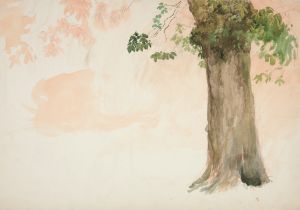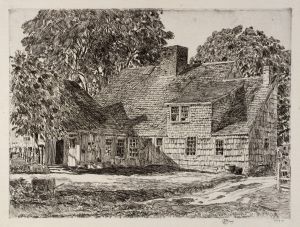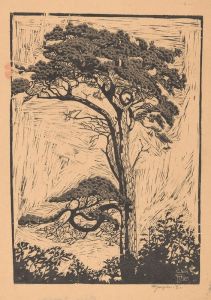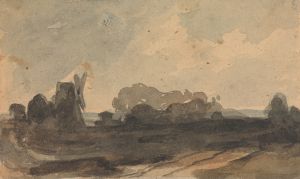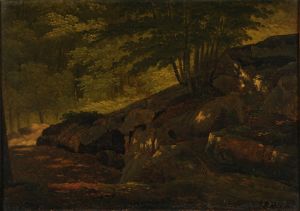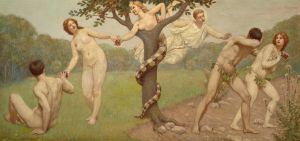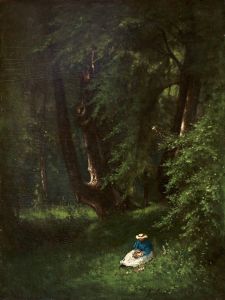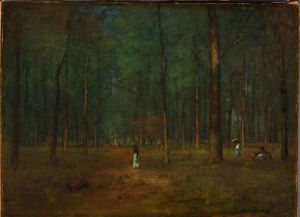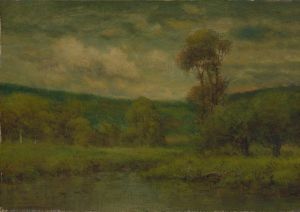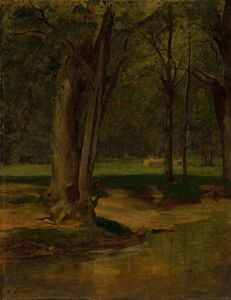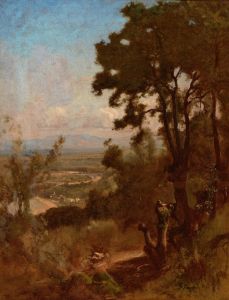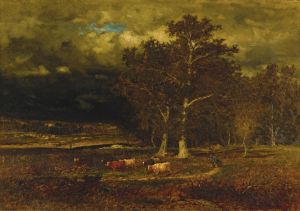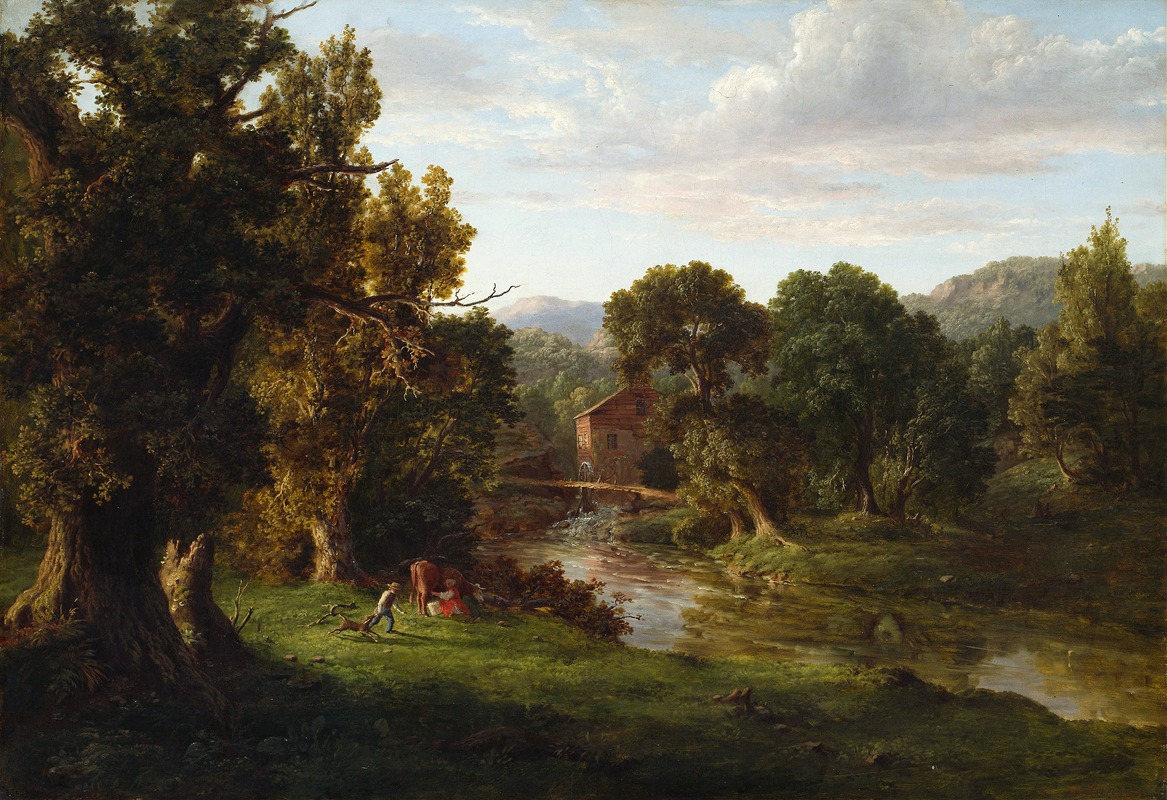
The Old Mill
A hand-painted replica of George Inness’s masterpiece The Old Mill, meticulously crafted by professional artists to capture the true essence of the original. Each piece is created with museum-quality canvas and rare mineral pigments, carefully painted by experienced artists with delicate brushstrokes and rich, layered colors to perfectly recreate the texture of the original artwork. Unlike machine-printed reproductions, this hand-painted version brings the painting to life, infused with the artist’s emotions and skill in every stroke. Whether for personal collection or home decoration, it instantly elevates the artistic atmosphere of any space.
George Inness was an influential American landscape painter, born on May 1, 1825, in Newburgh, New York. He is often associated with the Hudson River School, although his style evolved significantly throughout his career, incorporating elements of the Barbizon school and later, tonalism. Inness is celebrated for his ability to convey mood and atmosphere in his landscapes, often infusing them with a sense of spirituality and emotion.
"The Old Mill" is one of Inness's notable works, painted in 1880. This painting exemplifies his mature style, characterized by a softer, more atmospheric approach compared to the detailed realism of his earlier works. Inness was deeply influenced by the philosophical teachings of Emanuel Swedenborg, a Swedish theologian whose ideas about the spiritual world resonated with Inness's own beliefs. This influence is often reflected in Inness's landscapes, which aim to capture not just the physical beauty of nature but also its spiritual essence.
In "The Old Mill," Inness employs a harmonious palette of muted colors, creating a tranquil and contemplative scene. The painting depicts a rural landscape with an old mill, surrounded by trees and a serene body of water. The composition is balanced, with the mill positioned slightly off-center, drawing the viewer's eye into the scene. The use of light and shadow is subtle yet effective, enhancing the overall mood of the painting.
Inness's technique in this painting involves loose brushwork and a focus on tonal harmony, which helps to unify the composition and evoke a sense of peace. This approach is indicative of his later work, where he moved away from the precise detail of his earlier Hudson River School influences towards a more expressive and atmospheric style. The painting's mood is reflective, inviting viewers to contemplate the beauty and tranquility of the natural world.
"The Old Mill" reflects Inness's belief that art should not only represent the visible world but also express the unseen, spiritual dimensions of nature. His landscapes often serve as meditative spaces, encouraging viewers to look beyond the surface and connect with the deeper, spiritual aspects of the environment.
Throughout his career, Inness received considerable recognition for his contributions to American art. He was a member of the National Academy of Design and exhibited widely, both in the United States and abroad. His work has had a lasting impact on American landscape painting, influencing subsequent generations of artists.
Today, "The Old Mill" and other works by George Inness are held in high regard and can be found in major museums and collections, including the Metropolitan Museum of Art in New York and the Art Institute of Chicago. Inness's ability to blend realism with a profound sense of spirituality continues to resonate with audiences, securing his legacy as one of America's foremost landscape painters.





